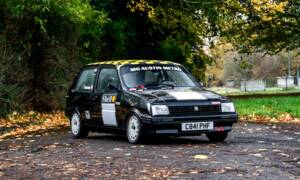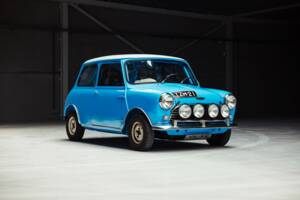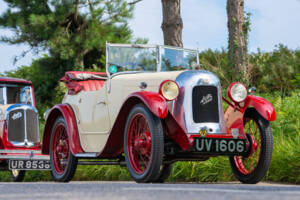- Car
- Austin (31 offers)
Austin Classic Cars for Sale
Austin vehicles have shaped British automotive history—with compact cars like the Seven and Mini, family saloons, convertibles, and even off-roaders. Their engineering, space-saving concepts, and sporting success left a lasting mark. Discover the diversity of Austin classics, from mass motorisation icons to collectable rarities.
Search results
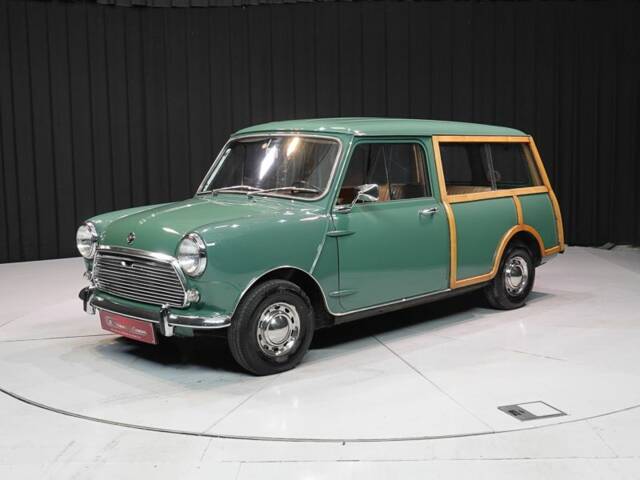
1969 | Austin Mini Countryman
1969 Mini Woody Countryman '69
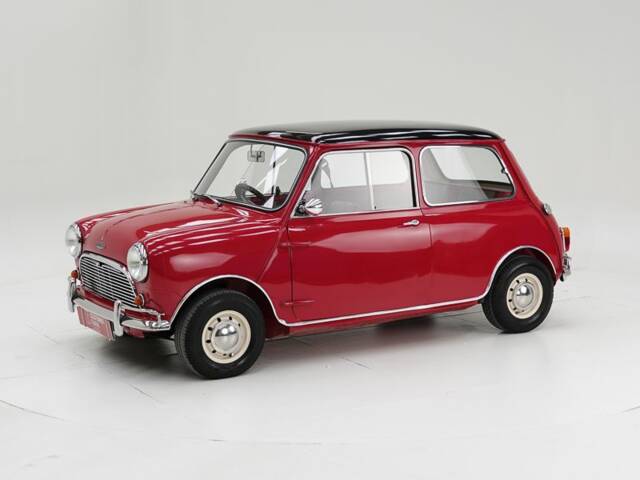
1964 | Austin Mini Cooper S 970
1964 Mini Cooper S 970 '64
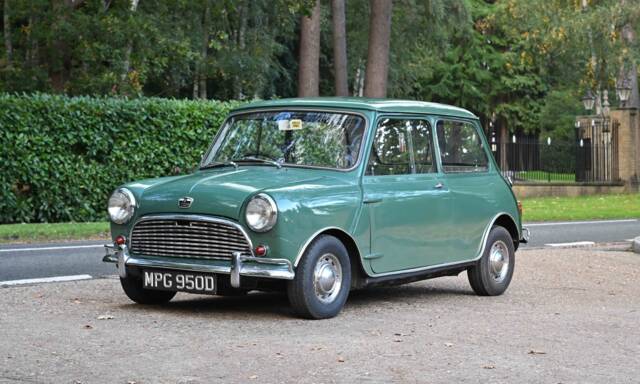
1966 | Austin Mini 850
1966 Austin Mini Deluxe

1986 | Austin Metro
1986 Austin Metro 1330cc Fast Road Specification
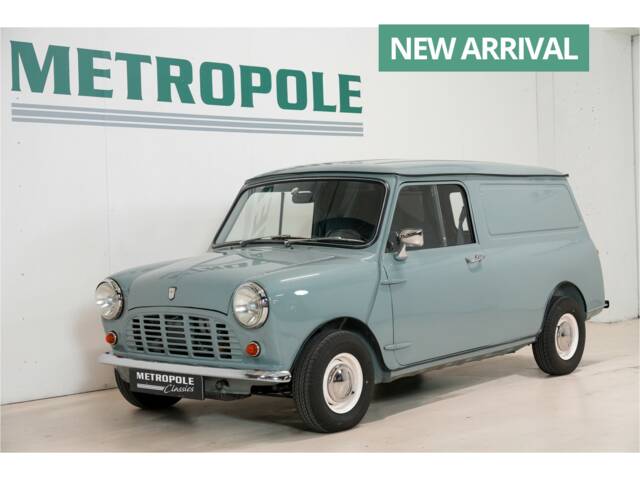
1983 | Austin Mini Van
MINI 1000 VAN M1081
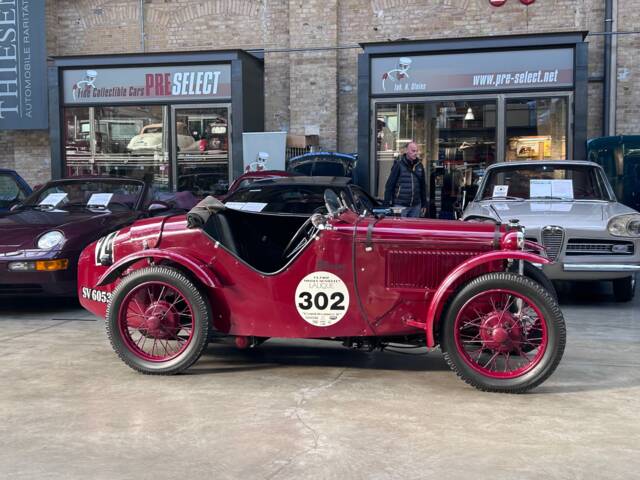
1930 | Austin 7 Special Ulster
excellent Recreation by Peter Maguire.

1965 | Austin Mini Cooper 998 MK1
If you speed up on curves instead of slowing down, you probably own a Mini
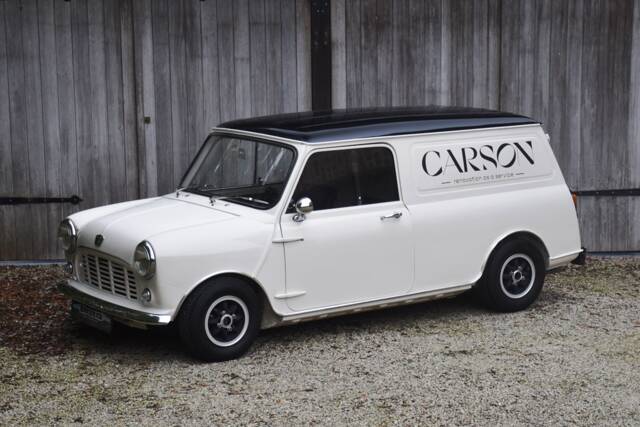
1981 | Austin Mini Van
Completely restored. The perfect eye-catcher for your business.

1930 | Austin 10/4
Austin 10 Special mit Kompressor von 1934
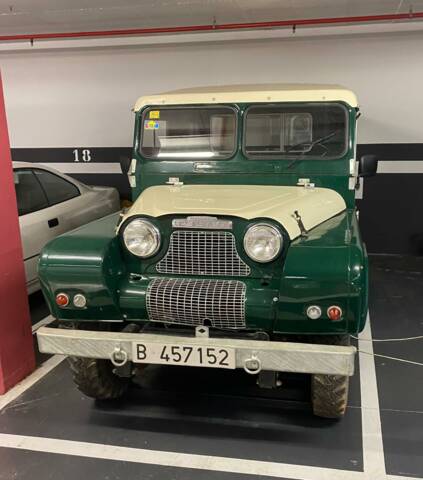
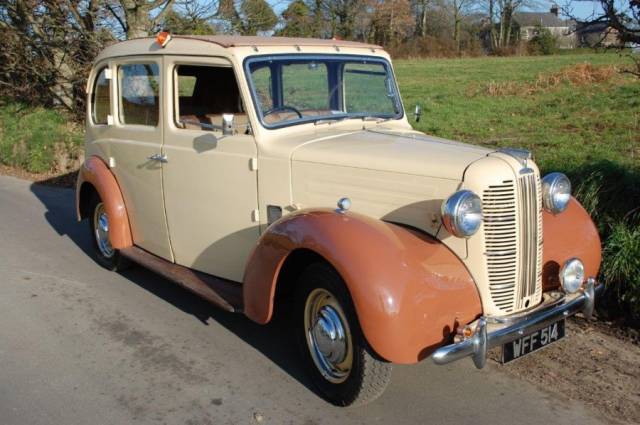
1955 | Austin FX 3 London Taxi
Austin FL1 Shooting Brake conversion
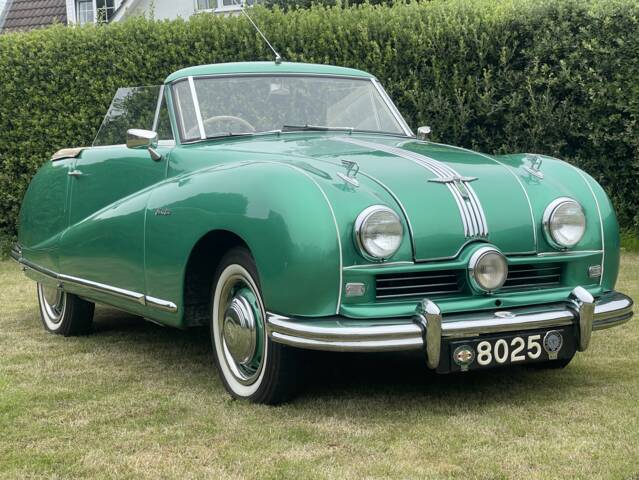
1950 | Austin A 90 Atlantic Convertible
Fully restored and renovated

1929 | Austin 7 Swallow
Open Two-Seater
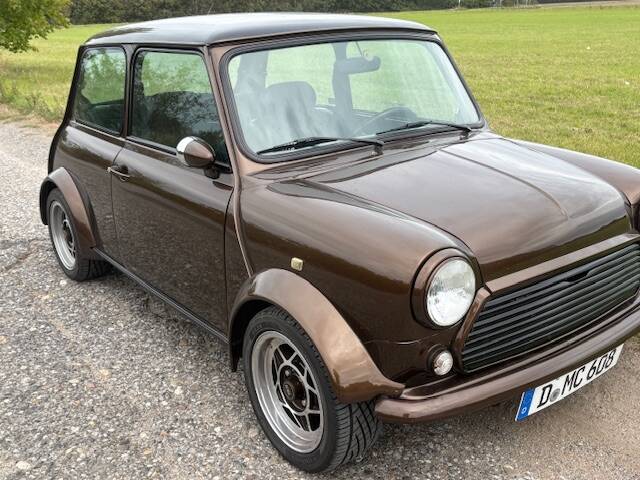
1990 | Austin Thirty
Cooper carburetor engine 1275 cc • special brown metallic paint • Moto-Lita steering wheel
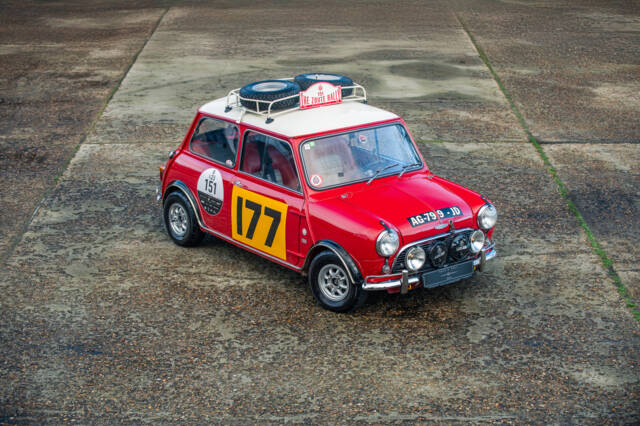
1965 | Austin Mini Cooper S 1275
Fully documented history | Fitted with the most powerful 1275cc engine variant | Includes a British Motor Industry Heritage Trust Certificate
History of Austin
The Austin Motor Company was established by Herbert Austin in 1905 in Longbridge, Birmingham. The company’s early breakthrough came with the Austin Seven in the 1920s, a compact, affordable car that brought motoring to the masses and was licensed internationally, including as the BMW Dixi in Germany. After the Second World War, Austin models like the A-series pushed production numbers to new records. By the 1950s, Austin had built millions of vehicles.
A major turning point came in 1952, when Austin merged with Morris to form the British Motor Corporation (BMC). This led to increased standardisation, shared models, and eventually the creation of the British Leyland Motor Corporation in the late 1960s. Austin’s independence was gradually lost, culminating in the end of production in 1993, but its technical legacy and models like the Mini remain influential.
Model Series Evolution
Austin’s lineage spans from pioneering compacts to full-sized saloons and specialised vehicles. Following the original Seven, models like the A30 and A35 modernised the small car formula. The A40 series offered larger family options, with the Somerset and Devon variations, while the A40 Sports brought open-top motoring with a Jensen-built aluminium body. The luxury sector was represented by the Sheerline and Princess.
The 1960s introduced groundbreaking models such as the Mini (originally named Austin Seven, then Mini). Alec Issigonis developed its innovative transverse engine layout and space-focused design. The ADO 16 (1100/1300 series) and later Metro and Maxi continued to push Austin’s reputation for practical front-wheel-drive cars. Sports car collaborations like Austin-Healey yielded the Sprite and big Healeys for enthusiast drivers. The FX4 and FX3 models became synonymous with the London taxi.
Highlights and Noteworthy Features
Austin’s vehicle range reflects a focus on practicality, engineering innovation, and market accessibility. The Mini, thanks to front-wheel drive and a compact layout (3.05 m length, 2.14 m wheelbase) achieved a remarkable space-utilisation ratio. Hydrolastic and rubber cone suspension on various models set benchmarks for ride and handling in small cars. Versatile body styles—estate, van, pick-up, convertible—are common, especially on the Mini, A30, and A35.
Technical Data
Special Editions and Collectible Models
Key special series include the Mini Cooper (from 1961/62), which enhanced power and handling for motorsport, and the Cooper S (from 1963), with upgraded brakes and engines up to 1275cc—the latter dominating rally events like Monte Carlo. Anniversary editions like Mini 25, and MKI–MKVII Minis denote major technical and styling generations. Other notable collectables: Austin A40 Sports (with Jensen aluminium bodywork), limited production Sprite sports cars, FX4 taxis, and off-road Gipsy models. Many Austins were supplied in exclusive colours, with luxury trim or clubman styling, especially for exports or limited runs.
Engine Performance, Transmission, Handling
Mini models deliver lively and nimble dynamics with four-cylinder engines from 34 to over 100 bhp in tuned Cooper variants, direct steering, and short-throw gearshifts. The A30/A35 are lightweight, rear-drive compacts with straightforward engineering, suitable for upgrades or motorsport use. Hydrolastic or Hydragas suspension underpins smooth ride and sharp response in later models like the Maxi, Allegro, and Metro. Larger Austins, like the Sheerline and Princess, offer refined long-distance cruising from robust straight-six engines. Taxis (FX3/FX4) were engineered for high-mileage use, with accessible maintenance. - Mini Mk I & Mk II: Top demand and supply, famous for compact size and rally wins.
- Austin Seven: Early mass-motorisation, straightforward mechanics.
- A30/A35: Popular for conversion, classic events.
- FX4 Taxi: Robust, recognisable silhouette, urban classic.
- A40 Sports: Jensen-bodied rarity.
- Mini Cooper/Cooper S: Motorsport pedigree, sought-after by enthusiasts.
Interior, Comfort, Exterior and Design
Austin cars are noted for functional British interiors, ranging from minimal dashboards (Mini) to plush leather and wood trims (Sheerline, Princess). Unique features include split rear doors on the Mini Traveller/Estate, foldable rear seats, and space-maximising layouts. Special order paint finishes—often bold or pastel hues—are common, particularly on 1960s–70s Minis. Original wheel designs, chrome accents, and grille shapes define each model. Optional equipment frequently covered heaters, radios, and unique badges. Some models, such as the Maxi, featured innovative fully reclining seats, while luxury models boasted genuine walnut dash inserts and elaborate upholstery.
Other Features
Austin produced a broad spectrum of commercial vehicles—including vans, pickups, ambulances, and military off-roaders (e.g. Gipsy). The brand’s engineering reached beyond cars, influencing generations of British taxis and even commercial lorries. Broad component sharing with BMC/British Leyland means many spares remain available. Heritage certificates can be sourced to confirm authenticity for collectors.
Summary
Austin’s range reflects British automotive ingenuity, from pioneering compacts like the Seven and Mini—vehicles still notable for their innovative engineering and unique character—to robust family saloons and specialist vehicles. High demand for models such as the Mini underscores their lasting cultural and practical appeal, while the breadth of Austin’s offerings—performance, utility, luxury—makes the marque a focus for collectors and restorers alike.



